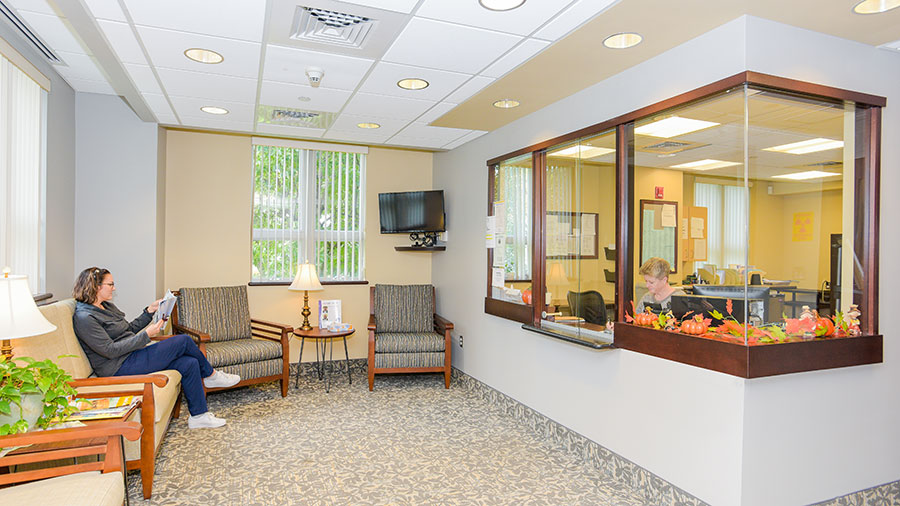PET/CT
Positron Emission Tomography (PET) and Computed Tomography (CT) are types of scans that can generate an image of your organs, bones, and bodily tissues in order to evaluate their function, identify any changes and diagnose cancer in its earliest stages.
How it Works
The PET scan shows the biological function of the body before anatomical changes take place, and the CT scan provides information about the body's anatomy, such as size, shape and location.
By combining these two technologies, physicians can more accurately diagnose and identify cancer and other disorders, determine the extent of disease, prescribe treatment and track progress.
PET/CT uses small amounts of radioactive material that are injected into the body. The risks associated with PET/CT scans are very slight.
Preparing for a PET/CT Scan
- Do not eat or drink anything but water for 6 hours prior to the study.
- Notify your physician if you are pregnant, breastfeeding or diabetic.
- You may take scheduled medications if you can tolerate them on an empty stomach.
- Wear warm, loose-fitting clothing with minimal metal (such as zippers) on the day of the appointment. You will be asked to remove all jewelry and metal objects from your clothing prior to the scan.
- After the initial injection of the radioactive glucose, you will rest quietly for approximately one hour to allow it to be distributed throughout the body. You will then be asked to lie down on the scanner table, which slowly passes through the scanner. The actual scan takes approximately 30 minutes.

Following the Scan
- Once the PET/CT scan is complete, you will be able to leave the Leever Cancer Center. Drink plenty of water or other fluids throughout the day.
- You may resume normal activity. You should experience no side effects.
- The results of your scan will be interpreted by a trained radiologist and your physician will receive a written report usually within 24 hours.
Safety Information
 The risks associated with PET/CT scans are very slight.
The risks associated with PET/CT scans are very slight.
While exposure to radiation does involve risk, naturally occurring background radiation and activities such as watching television and flying in an airplane all contribute to a lifetime exposure that is only slightly increased by medical imaging.
The amount of radiation used in PET/CT scans is low, the radiopharmaceutical decays quickly, and the remaining radiopharmaceutical is eliminated from the body through urine, so there is no detectable radioactivity after a few hours.
Your physician has determined that the benefits of early and accurate diagnosis outweigh the risk of exposure to this small quantity of radioactive material.
